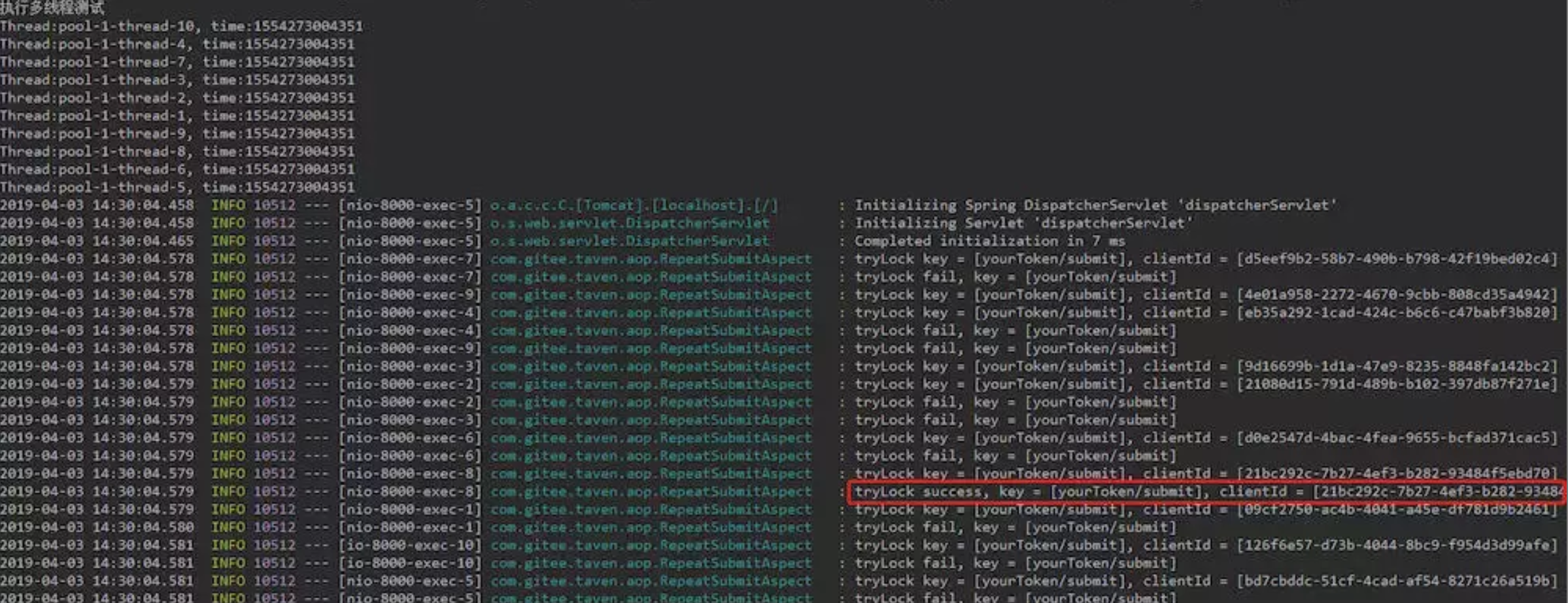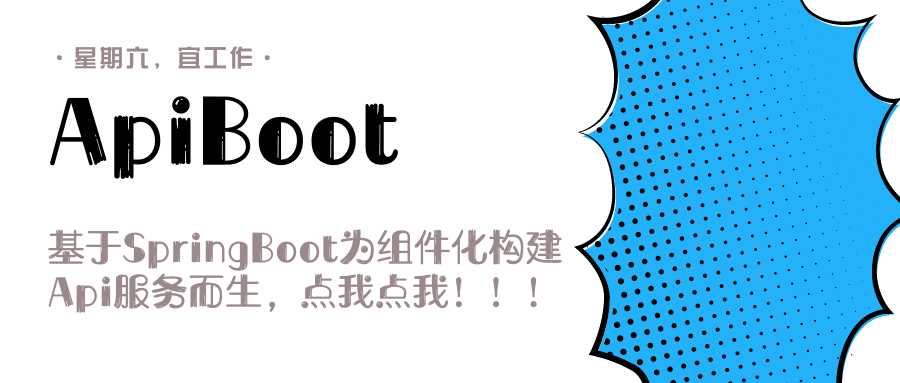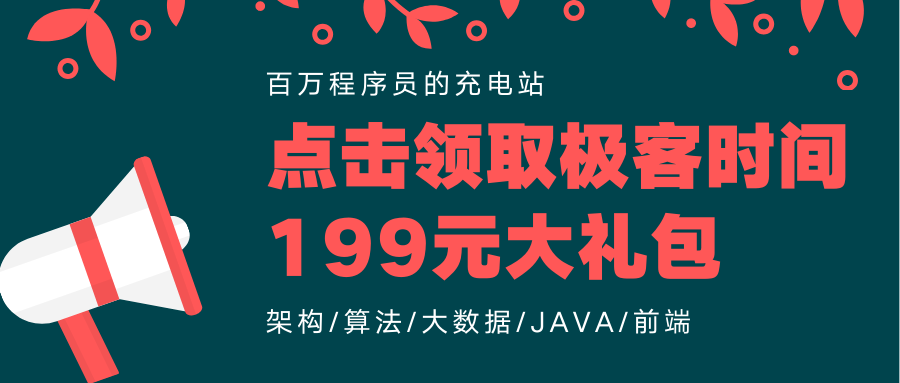1
2
3
4
5
6
7
8
9
10
11
12
13
14
15
16
17
18
19
20
21
22
23
24
25
26
27
28
29
30
31
32
33
34
35
36
37
38
39
40
41
42
43
44
45
46
47
48
49
50
51
52
53
54
55
56
57
58
59
60
61
| @Aspect
@Component
public class RepeatSubmitAspect {
private final static Logger LOGGER = LoggerFactory.getLogger(RepeatSubmitAspect.class);
@Autowired
private RedisLock redisLock;
@Pointcut("@annotation(noRepeatSubmit)")
public void pointCut(NoRepeatSubmit noRepeatSubmit) {
}
@Around("pointCut(noRepeatSubmit)")
public Object around(ProceedingJoinPoint pjp, NoRepeatSubmit noRepeatSubmit) throws Throwable {
int lockSeconds = noRepeatSubmit.lockTime();
HttpServletRequest request = RequestUtils.getRequest();
Assert.notNull(request, "request can not null");
String token = request.getHeader("Authorization");
String path = request.getServletPath();
String key = getKey(token, path);
String clientId = getClientId();
boolean isSuccess = redisLock.tryLock(key, clientId, lockSeconds);
if (isSuccess) {
LOGGER.info("tryLock success, key = [{}], clientId = [{}]", key, clientId);
Object result;
try {
result = pjp.proceed();
} finally {
redisLock.releaseLock(key, clientId);
LOGGER.info("releaseLock success, key = [{}], clientId = [{}]", key, clientId);
}
return result;
} else {
LOGGER.info("tryLock fail, key = [{}]", key);
return new ResultBean(ResultBean.FAIL, "重复请求,请稍后再试", null);
}
}
private String getKey(String token, String path) {
return token + path;
}
private String getClientId() {
return UUID.randomUUID().toString();
}
}
|






 OAuth vs SAML vs OpenID
OAuth vs SAML vs OpenID




